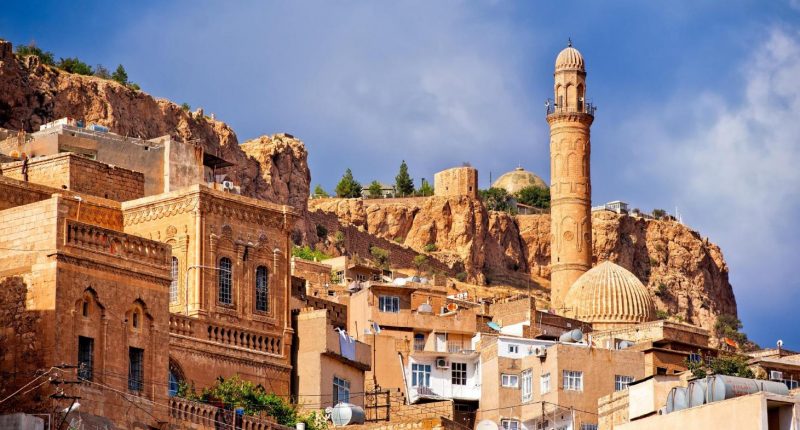Archaeologists working in the extreme South East of Turkey have initiated new digs in the village of Göktaş in the province of Mardin, to excavate and unearth mosaics on the floor of a 1,600-year-old church located on a now abandoned site in the village.
It is believed the church was first built in the village in 396 A.D, and contains the names of those who contributed to its construction 16 centuries ago.
The first signs of the church were uncovered just over a year ago on September 18th 2019, and after moving through government channels the site was later confirmed as a protected archaeological site.
Abdülgani Tarkan, head of the team charged with excavation at the church, and as director of the local Mardin Museum, in speaking to Turkish media said the church was in a basilica form – likely a reference to the shape and usage rather than privileges bestowed by an early Pope – and as such had a floor decorated by a mosaic.
“The mosaics also show depictions of animals, geometric shapes and human figures, as well as scenes depicting people hunting,” Mr. Tarkan said, adding “The months of April and June are also inscribed on the human figures.”
When the excavation of the church is complete and the mosaic flooring restored it will be open to the general public.
This could take some time, however, as the work to look for the flooring of the church has also uncovered some liturgical works in the nearby area that require further investigation and possible excavation.
No immediate mention was made as to whether or not these also date to the same period.
Mr. Tarkan said the excavation area would be open to public after restoration work was completed.










Comments are closed.